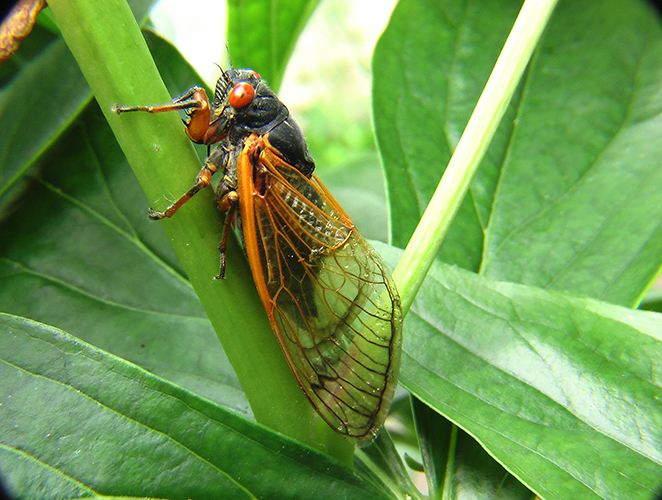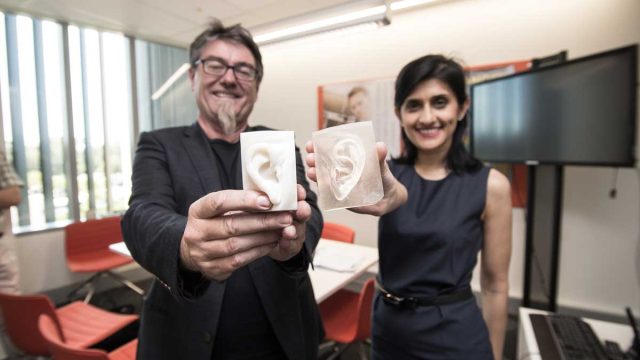How can these gnarly creatures remind us of our mission?

Here in Maryland, we are days away from the emergence, some say, of trillions of cicadas. These crusty yet hearty insects emerge from beneath the surface every 17 years to the delight of local entomologists and the critters who will feast on them, and the terror of the rest of us.
Cicada Cycle
Their 17-year cycle of emergence sees them burrowing out of the soil to climb the vertical structure nearest to them—trees in most cases—to complete the mission that will ensure their place in the animal kingdom. From atop a lofty perch, they will sing, filling the airwaves with screeching pleas for a mate. Once they have found the one for whom their tiny hearts long, they do what needs to be done to bring baby cicadas into the world.
From high in the branches swaying with new green leaves the female cicada lays her eggs. And when her offspring hatch as squirmy little nymphs, they will plummet from protective heights to the ground below and burrow down into the soil. And there they shall remain for another 17 years. No, they are not hibernated for that time, but rather the pace of their life slows to, well, a snail’s pace, as they move, eat, and live in anticipation of the next time they will emerge to the light of day.
My Affair With Cicadas
I was relatively new to Maryland the last time these critters came around. In California, where I lived previously, we had nothing of the sort. Seeing these very large bugs crawling around, dodging the crunching of them underfoot as I navigated parking lots and sidewalks, was like something out of a sci-fi movie. My son, a toddling 1-year-old then, had to be watched carefully when outside lest he snatch one up for closer examination or snacking. When at last we were past their season in the sun, I noted with relief that another 17 years in the future was a very long time away.
But here we are again. In the blink of an eye, 17 years have passed and much has changed. The cicadas will emerge earlier than in cycles past as the soil is warmer because of climate change. No iPhones were in existence during the last emergence, so this time around we have the capability of photographing and editing pictures of the bugs with our phones before posting them to social media. My son, the toddler on a mission to squash cicadas with his bare hands 17 years ago, leaves for college this fall, caring little for the cycle of the cicada’s life. Time marches on.
Cicada Cycle Lesson
Where will we be 17 years from now? Will we still be here to greet these critters yet again? Only the Father knows the answer to that question. But if we are, will there be more believers in His Son, longing for His appearing? Will we have done our part to bring the hope of His coming to people who need to hear it? Or will some of us find ourselves burrowed deep in the soil of complacency, locked away from the light?








